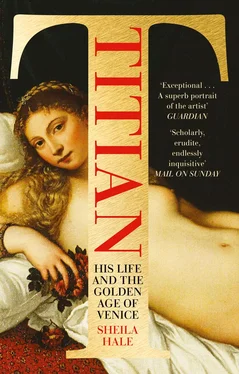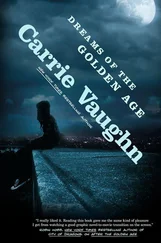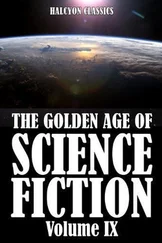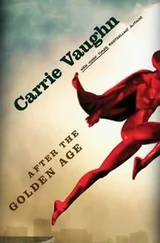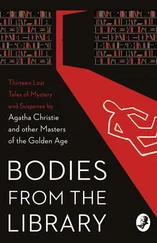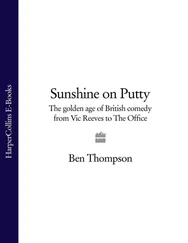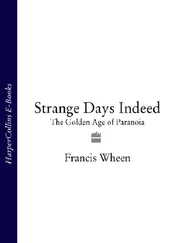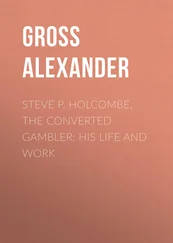A NOTE ON MONEY
Most European currencies after Charlemagne’s reform of the monetary system were accounted in pounds, shillings and pence: £ s d, or 1 lira = 20 soldi = 240 denari, like the British pound sterling before it was decimalized in 1971. Every country, and every one of the numerous Italian states, used its own silver-based coins for everyday transactions such as buying food or paying wages. Different countries also issued gold coins, which were the currency of international trade and were used for reckoning wealth on paper. During Titian’s lifetime the Venetian gold ducat and the Spanish gold scudo were of equal value, each worth six lire and four soldi.
It is not possible to give modern equivalents of purchasing power in the sixteenth century for reasons that may be apparent from the following examples. A standard tip given by grandees for small services was one ducat, which was approximately the weekly wage of a master carpenter, but in the 1530s could buy twenty-eight chickens, ten geese or fifty kilos of flour. A university professor earned something between 100 and 140 ducats a year, a senior civil servant about 250. A Venetian with an income of 1,000 ducats would have been considered prosperous.
LIST OF ILLUSTRATIONS
Jacopo de’Barbari: Bird’s-eye view of Venice from the south © The Trustees of the British Museum
Madonna della Misericordia, Galleria Palatina, Palazzo Pitti, Florence © The Bridgeman Art Library
Plate sections
Tribute Money, Gemäldegalerie Alte Meister, Dresden © Staatliche Kunstsammlungen, Dresden/The Bridgeman Art Library
Gypsy Madonna, Kunsthistorisches Museum, Vienna © Artothek/The Bridgeman Art Library
Man with a Blue Sleeve, The National Gallery, London © The Bridgeman Art Library
Miracle of the Speaking Babe, Scuola del Santo, Padua © The Bridgeman Art Library
Flora, Galleria degli Uffizi, Florence © The Bridgeman Art Library
Pesaro Altarpiece, Santa Maria Gloriosa dei Frari, Venice © Cameraphoto Arte Venezia/The Bridgeman Art Library
Three Ages of Man, Edinburgh, Scottish National Gallery (Bridgewater Loan, 1945)
Sacred and Profane Love, Galleria Borghese, Rome © Giraudon/The Bridgeman Art Library
Assumption of the Virgin, Venice, Church of Santa Maria Gloriosa dei Frari © Universal Images Group/Photoservice Electa/Getty Images
Noli me tangere © The National Gallery, London/akg-images
Portrait of Federico Gonzaga, Prado, Madrid © The Bridgeman Art Library
Man with a Glove, Louvre, Paris © The Bridgeman Art Library
Presentation of the Virgin, Gallerie dell’ Accademia, Venice © Cameraphoto Arte Venezia/The Bridgeman Art Library
Ranuccio Farnese, The National Gallery of Art, Washington, Samuel H. Kress Collection (1952.2.11). Image courtesy of The National Gallery of Art, Washington DC
Pope Paul III, Museo e Gallerie Nazionale di Capodimonte, Naples © Alinari/The Bridgeman Art Library
Pietro Aretino, Palazzo Pitti, Florence © The Bridgeman Art Library
Equestrian Portrait of Charles V at Muehlberg, 1548. Madrid, Prado © 2012. Photo Scala, Florence
Portrait of Prince Philip, Prado, Madrid © The Bridgeman Art Library
Rape of Europa © Isabella Stewart Gardner Museum, Boston © The Bridgeman Art Library
Entombment, Prado, Madrid © Giraudon/The Bridgeman Art Library
Diana and Actaeon © The National Gallery, London/akg-images
Diana and Callisto. Purchased jointly by the National Galleries of Scotland and the National Gallery, London, with contributions from the National Lottery through the Heritage Lottery Fund, the Art Fund, The Monument Trust and through private appeal and bequests, 2012
Danaë receiving the Shower of Gold, Prado, Madrid © Bridgeman Art Library
Reclining Venus, Lutenist, Fitzwilliam Museum, University of Cambridge © The Bridgeman Art Library
Wisdom, Biblioteca Marciana, Venice © The Bridgeman Art Library
Portrait of Jacopo Strada, Kunsthistorisches Museum, Vienna © 2012. Photo Austrian Archives/Scala, Florence
St Sebastian, St. Petersburg, Hermitage Museum © 2012. Photo Scala, Florence
Death of Actaeon, National Gallery, London © The Bridgeman Art Library
Flaying of Marsyas, Archbishop’s Gallery, Kromeritz, Czech Republic © Mondadori Electa/The Bridgeman Art Library
Crowning with Thorns, Alte Pinakothek, Munich © Giraudon/The Bridgeman Art Library
St Jerome in Penitence, Monasterio de El Escorial, Spain © The Bridgeman Art Library
Pietà, Galleria dell’Accademia, Venice © The Bridgeman Art Library
Self-Portrait, Madrid © Imagno/Austrian Archives/Getty Images
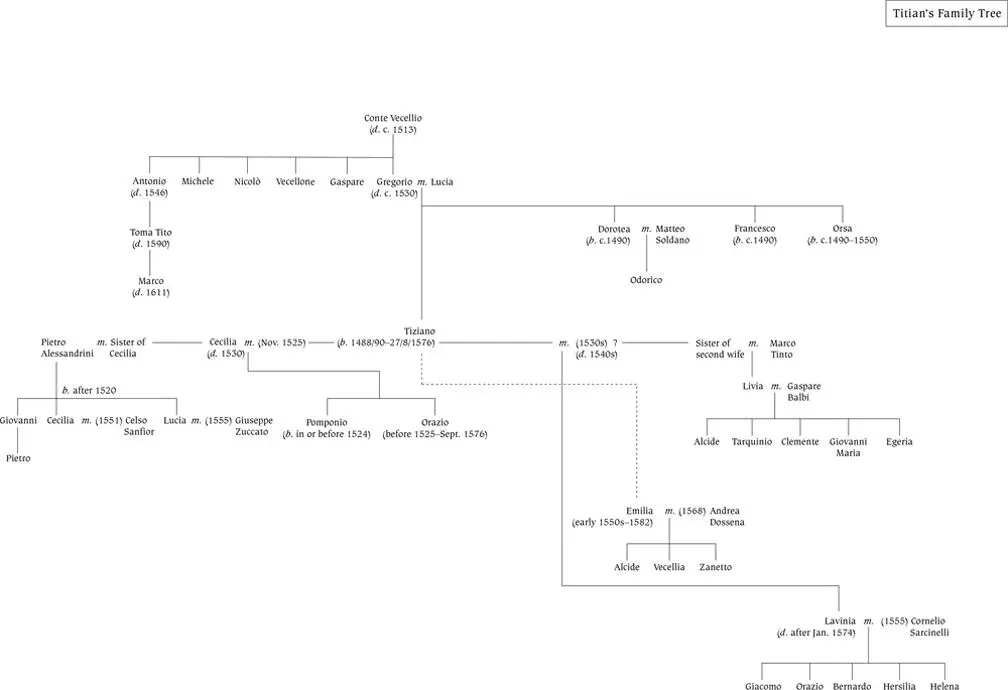
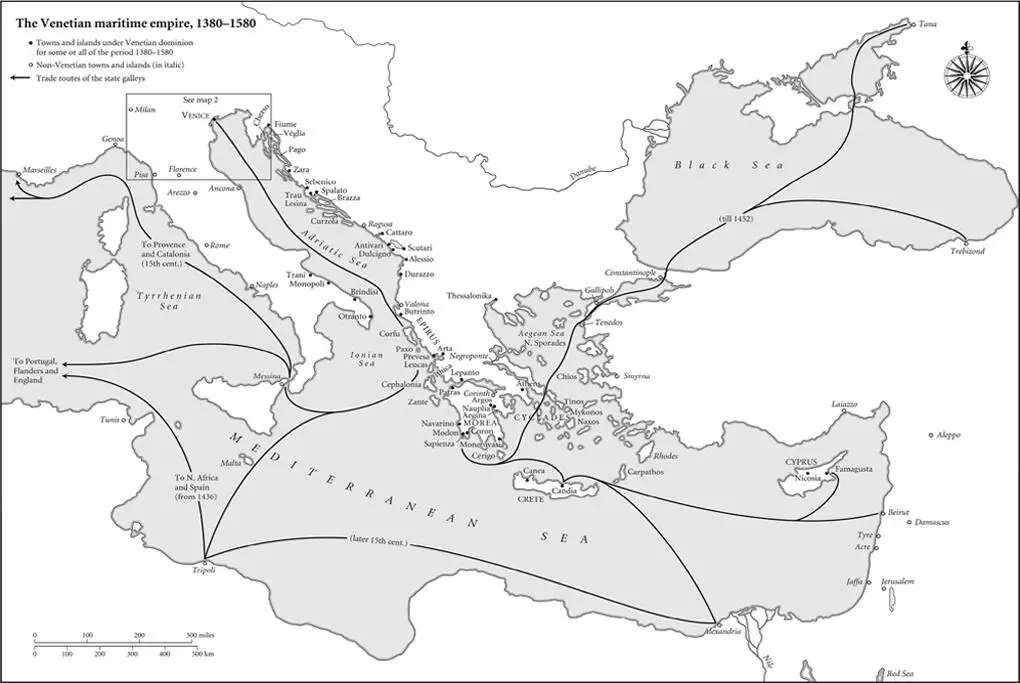

PART I
1488/90–1518
Titian may be said to have remodelled the language of painting, just as Dante established the language of Italy; there remains also the richness of emotion which expresses the man behind the work.
CHARLES RICKETTS, TITIAN, 1910
ONE
Mountains
Might not this ‘mountain man’ have been something of a ‘canny Scot’ or a ‘shrewd Swiss’?
JOSIAH GILBERT, TITIAN’S COUNTRY, 1869
On a clear day in Venice when the wind blows the mist from the lagoon, you can see the distant mountains 110 kilometres to the north where Titian Vecellio was born into a large and locally prominent family in the little township of Pieve di Cadore, close to the border with Habsburg Germany. It was remote, sparsely populated country whose inhabitants were necessarily tough, hard working and used to rationing and penny-pinching. In summer and autumn there was plenty of milk, cheese, butter and fruit from the lush pastures and orchards. But the thin mountain soil did not produce enough grain to last through the long winters, when supplies had to be hauled up through snow-covered valleys on sleds drawn by horses either from Germany or from the fertile Venetian plain. The communal grain stores were closely supervised by the local authorities, who controlled prices for the poor.
A loyal outpost of the Venetian land empire since 1420, the region of Cadore was divided for administrative purposes into centurie or ‘centuries’. And the location of Pieve, where an escarpment rises sharply above the then navigable River Piave, was important to Venice as a control point for one of the trading routes between its overseas dominions in the Levant and transalpine Europe. Convoys of pack animals and carts drawn by oxen or horses, one behind to act as a break when descending steep hills, criss-crossed the surrounding valleys. Merchants from the Habsburg Empire, the German kingdoms, Poland, Hungary and Bohemia carried silver, gold, copper, iron, sheets of tin, metal products, hides, worked leather, furs, coarse cloth and minerals to Venice, where the German exchange house, the Fondaco dei Tedeschi, ‘would by itself’, so it seemed to one Jerusalem pilgrim in Venice at the turn of the fifteenth century, ‘suffice to supply all Italy with the goods that come and go’.1 Produce from the north was traded at the Fondaco for luxury goods made in Venice – glass and mirrors from Murano, refined soaps, richly worked and dyed silks and satins – or imported into Venice from the Levant: preserved fruits, molasses, wine and olive oil; seed pearls, ivory; and the products known as spices, a term that covered a wide range of goods from peacock feathers, fine-spun Egyptian cottons and the ingredients of pigments used by artists and dyers to flavourings (cardamom, cinnamon, ginger, pepper, saffron, frankincense, myrrh) that were also essentials as the bases of the only drugs available in Renaissance Europe.
Читать дальше
